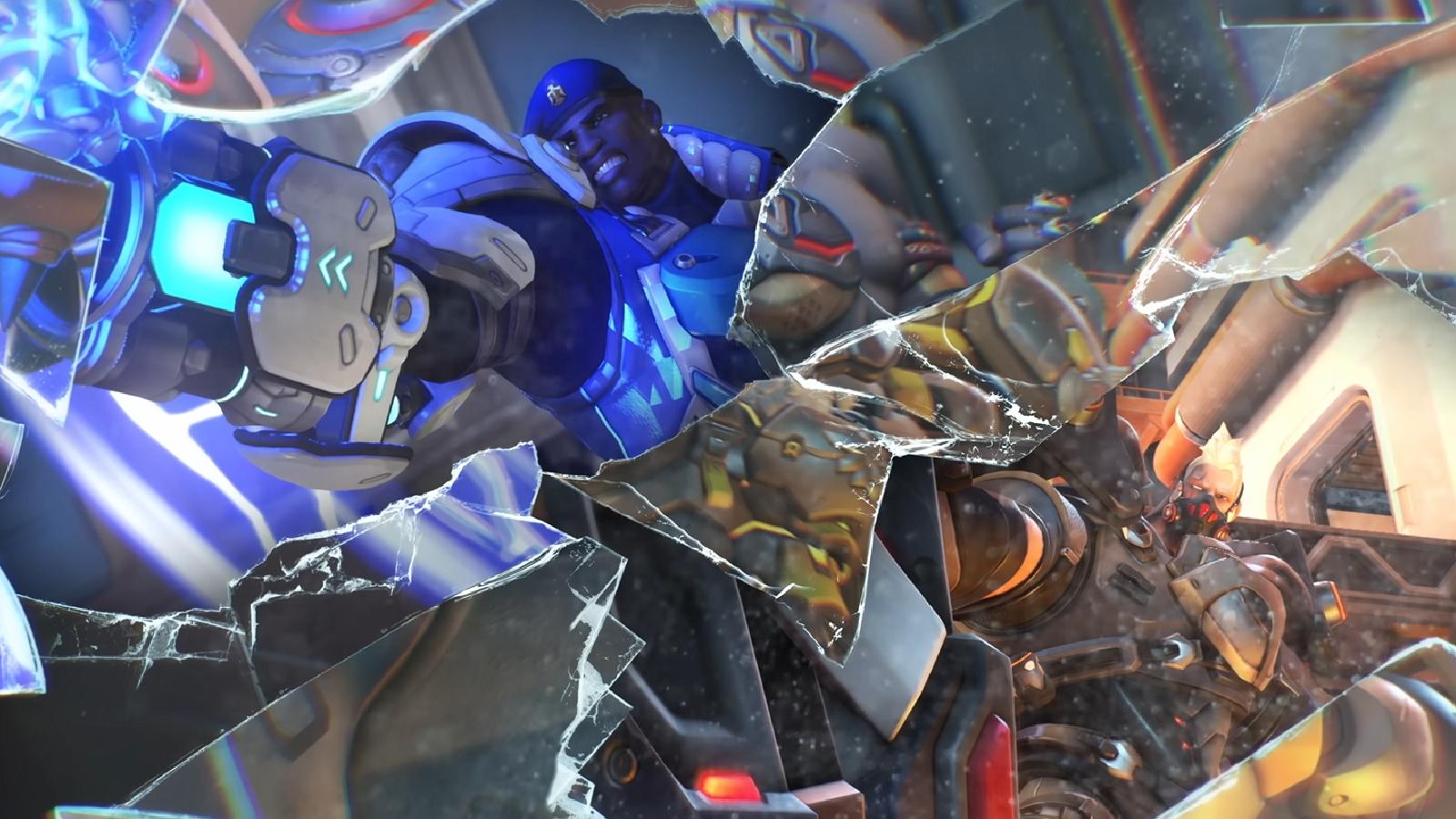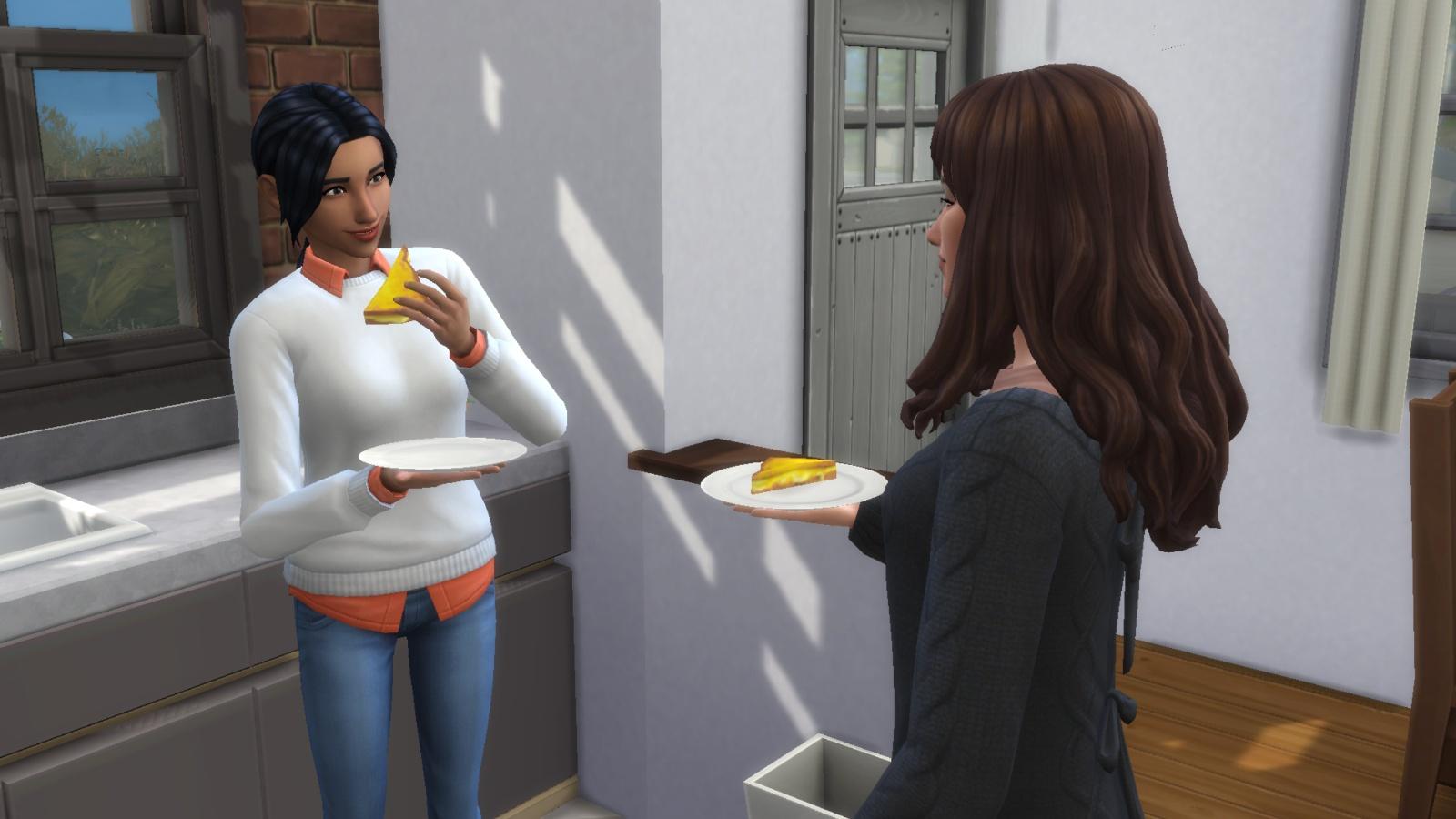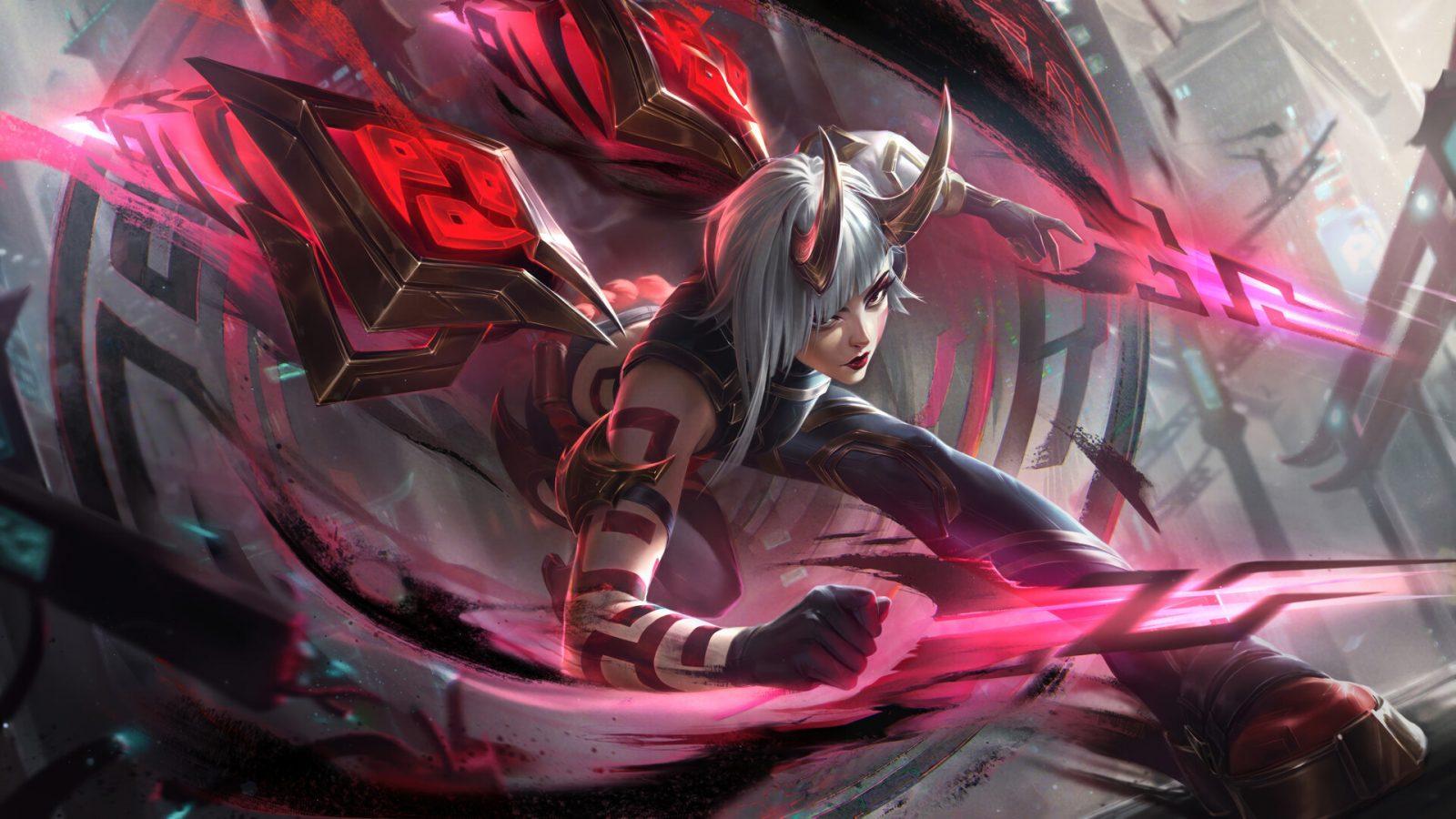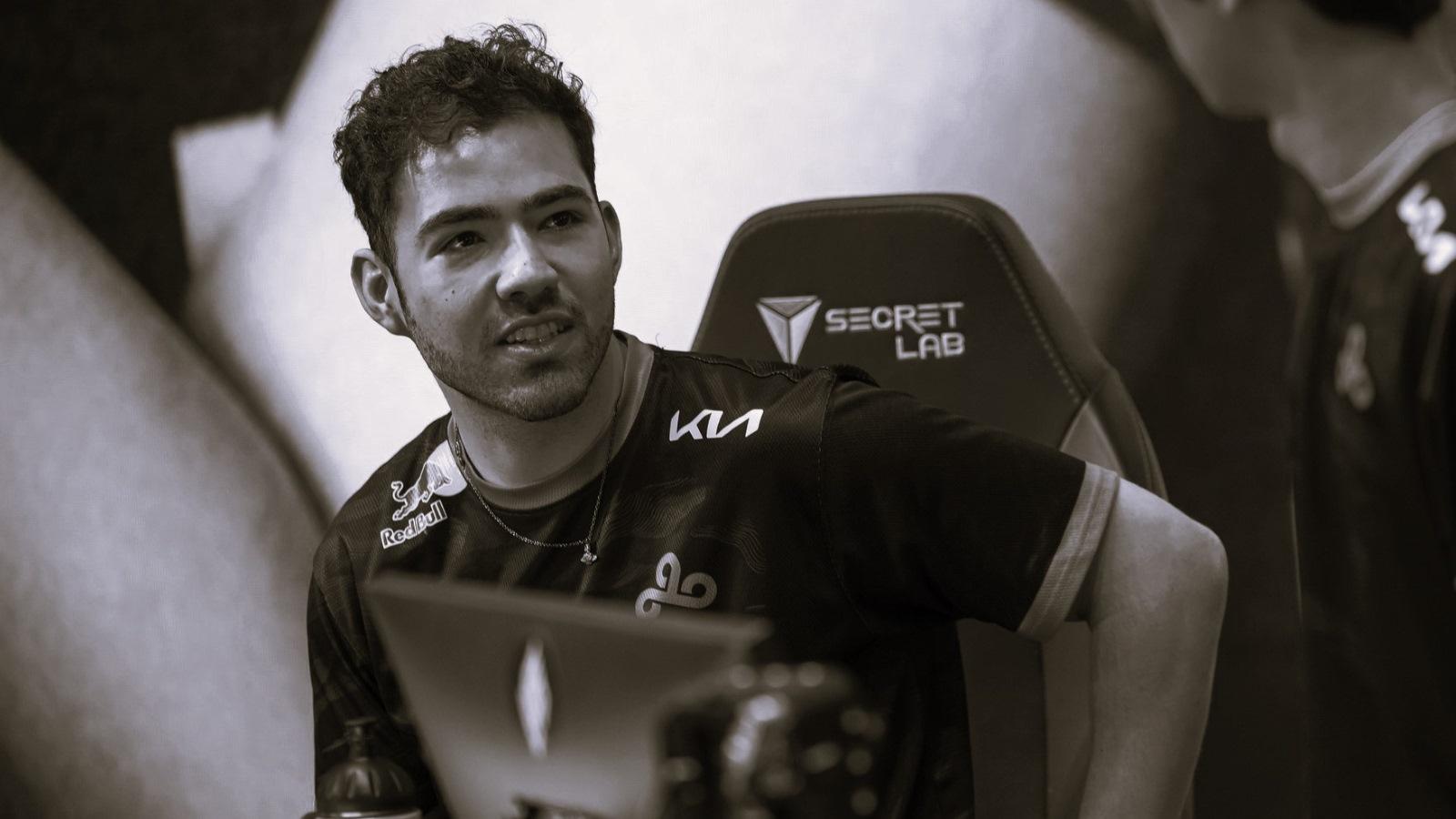Kelsey Moser: Why Splyce are the LEC’s awkward third seed cousin
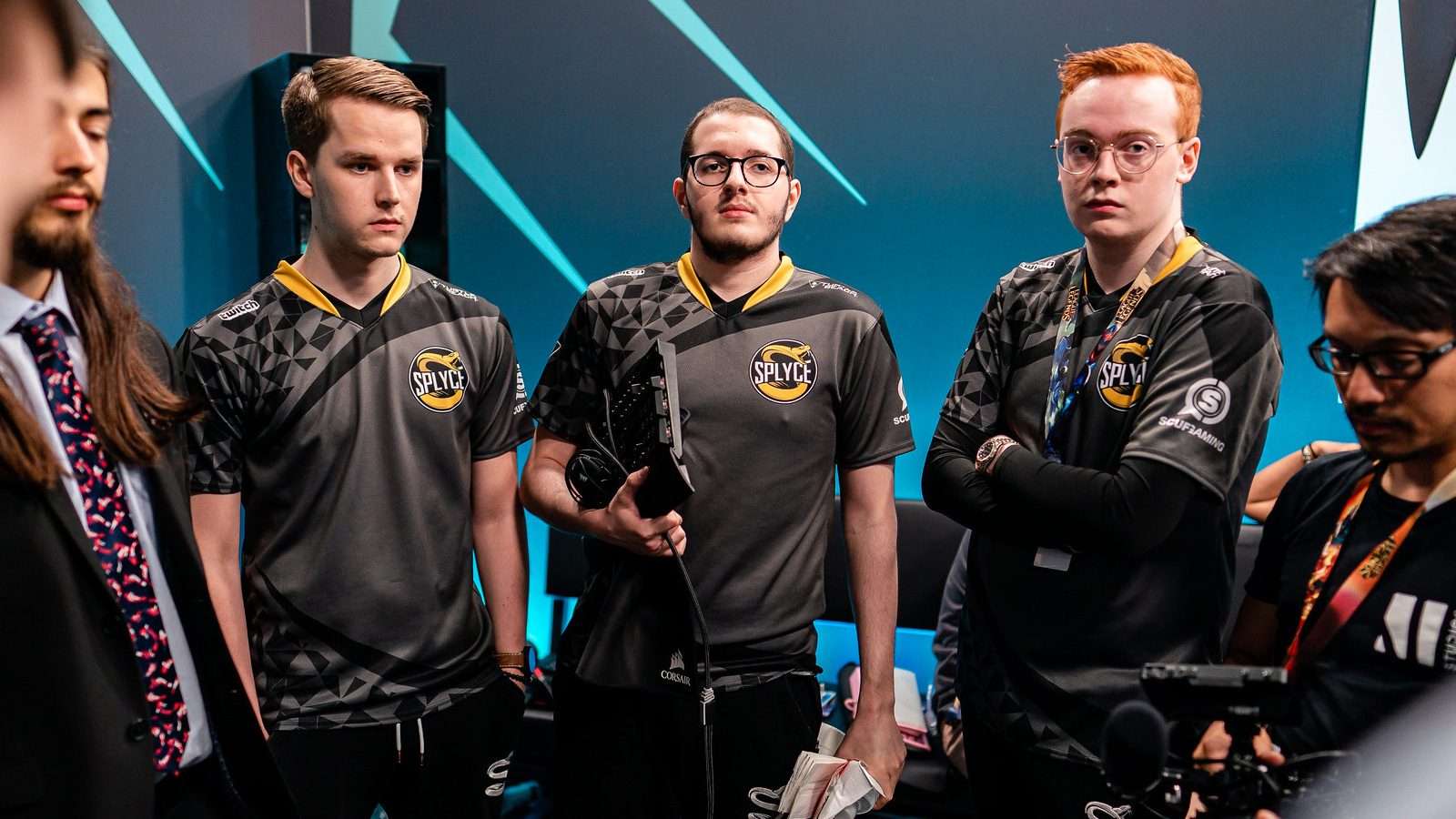 Riot Games
Riot GamesIn a moment of true honesty, most European League of Legends fans likely view Splyce, the third seed to qualify from the now-prestigious LEC, as akin to the awkward cousin no one wanted at the party.
[ad name=”article1″]
He’s 30, still living with his mother, can’t string a proper sentence together, always rushes the cake first, and compared to life-of-the-party G2 Esports and responsible, reliable Fnatic who organized the whole thing, he received his invite more out of politeness.
One cannot really blame them after the Gauntlet run this past weekend. Yes, Splyce reported internet outages that prevented practice and preparation, but their three best-of-fives weren’t altogether uncharacteristic. Splyce’s 44:10 victory over Origen felt as on-par as their 24:49 loss to Fnatic.
Even so, the idea that Splyce is all late game with poor early game is incredibly reductionist. That isn’t at all what separates them from Fnatic and G2 Esports in terms of skill. Splyce’s main difficulties come with wave management and their approach to controlling vision: a problem relevant in all phases of the game.
[ad name=”article2″]
Bad news first
Head Coach Peter Dun has joined in on the joke. “Dread it, run from it. 35 minutes still arrives.” With a preference for champions like Azir and Vayne, Splyce have a reputation for only playing for late game, but this assessment doesn’t explain why and how their preferences arose.
And remember that you can run from it, you can hide from it, but 35m always comes 😉
(If only there was a way to get to late game even faster… suggestions?) pic.twitter.com/hLDpqJpK6s
— Peter Dun (@pcdv8r) September 15, 2019
A lot of Splyce’s approach goes back to 2018 when Splyce rebuilt the roster with Kasper “Kobbe” Kobberup as the only member retained from the original all-Danish Challenger Series team. Kobbe and jungler Andrei “Xerxe” Dragomir comprise the core of the new roster that still persists in 2019 after changes to top, mid, and support.
The 2018 roster had a near-forced predilection for playing around bottom side due in part to Raymond “kaSing” Tsang’s mage-oriented champion pool and the bottom lane duo’s struggles with wave management. Laners often endeavor to sync their waves with the pathing of their jungler, but Kobbe and kaSing’s wave always seemed to be in the wrong place at the wrong time.
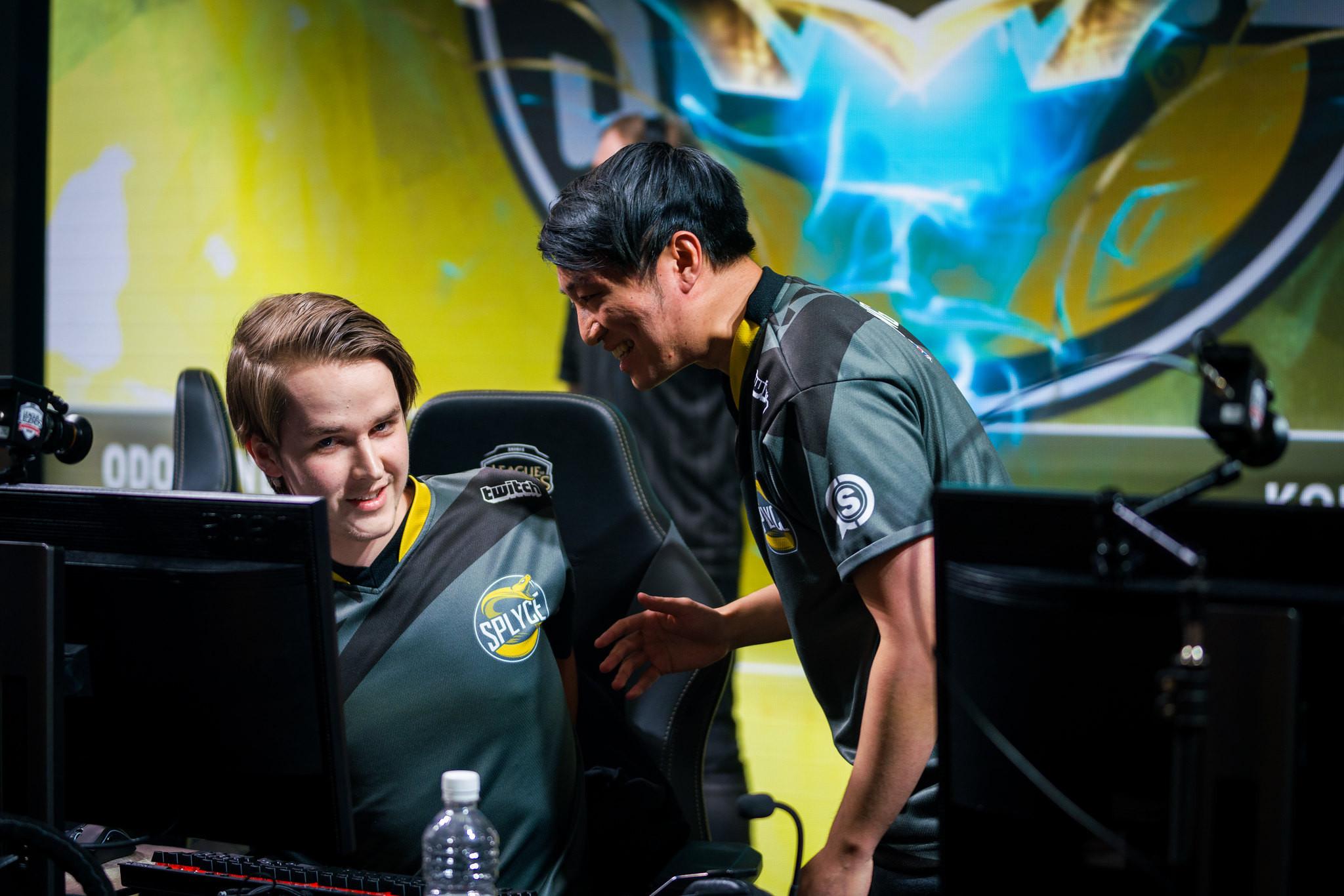 Splyce’s 2018 bot lane struggled with wave management.
Splyce’s 2018 bot lane struggled with wave management.To over-simplify it, if a jungler will path toward bottom lane from his top side of the map, if the bottom lane has control of the lane, they will think of the waves leaving base in advance such that the waves can crash to the opponent for a dive or that they can set up a freeze after a bounce that will force a skirmish in their favor. If the jungler paths away, and they do not know the location of the opponent jungler, they will thin out the wave or stall it to freeze it to prevent a situation where they have to over-extend without their jungler nearby or are diveable.
When Splyce’s bottom lane made mistakes with their wave, they often needed Xerxe’s help to “fix” it. If your bottom lane is a really strong duo, that can create a lot of favorable opportunities that mask a weakness. Splyce struggled slightly with skirmish execution, and it probably would have benefited them more to play with top laner Andrei “Odoamne” Pascu if bottom lane could properly control the wave.
Despite persisting problems, wave management and skirmishing with Tore “Norskeren” Hoel Eilertsen has shown slight improvements, which has manifested in Splyce’s ability to play with kill-oriented duos like Kai’Sa and Nautilus. Yet that doesn’t fix all of Splyce’s early game oriented mistakes.
One of Splyce’s biggest problems comes with the team’s philosophy on vision contests. That impacts almost every phase of their gameplay, but shows up most in the mid game. When Splyce want to transition vision control on the map, the best way they seem to be able to approach it is to force on a lane.
For example, in the first game against Schalke, after Schalke placed vision in river and reset, Splyce grouped mid to force on the turret instead of crashing the wave and looking to clear the river. That allowed Schalke to flank behind them.
[ad name=”article4″]One might argue that they can’t contest the river vision against a Qiyana, and open terrain is safest. But most of Splyce still clumped around terrain for the force, and good setup for Qiyana’s ultimate existed regardless. Crashing the wave and backing off first would have given them a better sense of what wards they could clear before sieging. They also had a potential for an advantageous fight because most of Splyce were ahead in itemization and resets, but they completely failed to anticipate or react to Schalke’s flank angle — another problem that addressing the vision situation first could have solved.
More examples of plays like this exist throughout Splyce’s games in the past two years. Against Fnatic, it resulted in a team fight victory a few times, for example. But this look from Splyce doesn’t just show itself in the mid game and the late game. Splyce consistently don’t clear out vision when they go for plays.
They executed the same dive from red side on bottom lane against Fnatic, but in one game, tri-brush was warded, and in another, it wasn’t, resulting in differences in Fnatic’s ability to react. Against Schalke, when Norskeren and Xerxe made a two man play top, they didn’t lead with Norskeren, who had a sweeper, and seemed willing to force the play regardless of vision or whether Schalke could have anticipated it.
As a result, many situations occurred where Fnatic reacted to Splyce’s forcing because they had advanced information for it. Fnatic’s natural love of global champions like Twisted Fate, Shen, and Nocturne counters the way Splyce plays for vision. Any time Splyce force when they think they have a man advantage, Fnatic members can quickly teleport into a fight. That also allows them to keep far better control of side waves than Splyce, which prevents them from almost ever getting tempo and opening an advantageous play.
[ad name=”article5″]
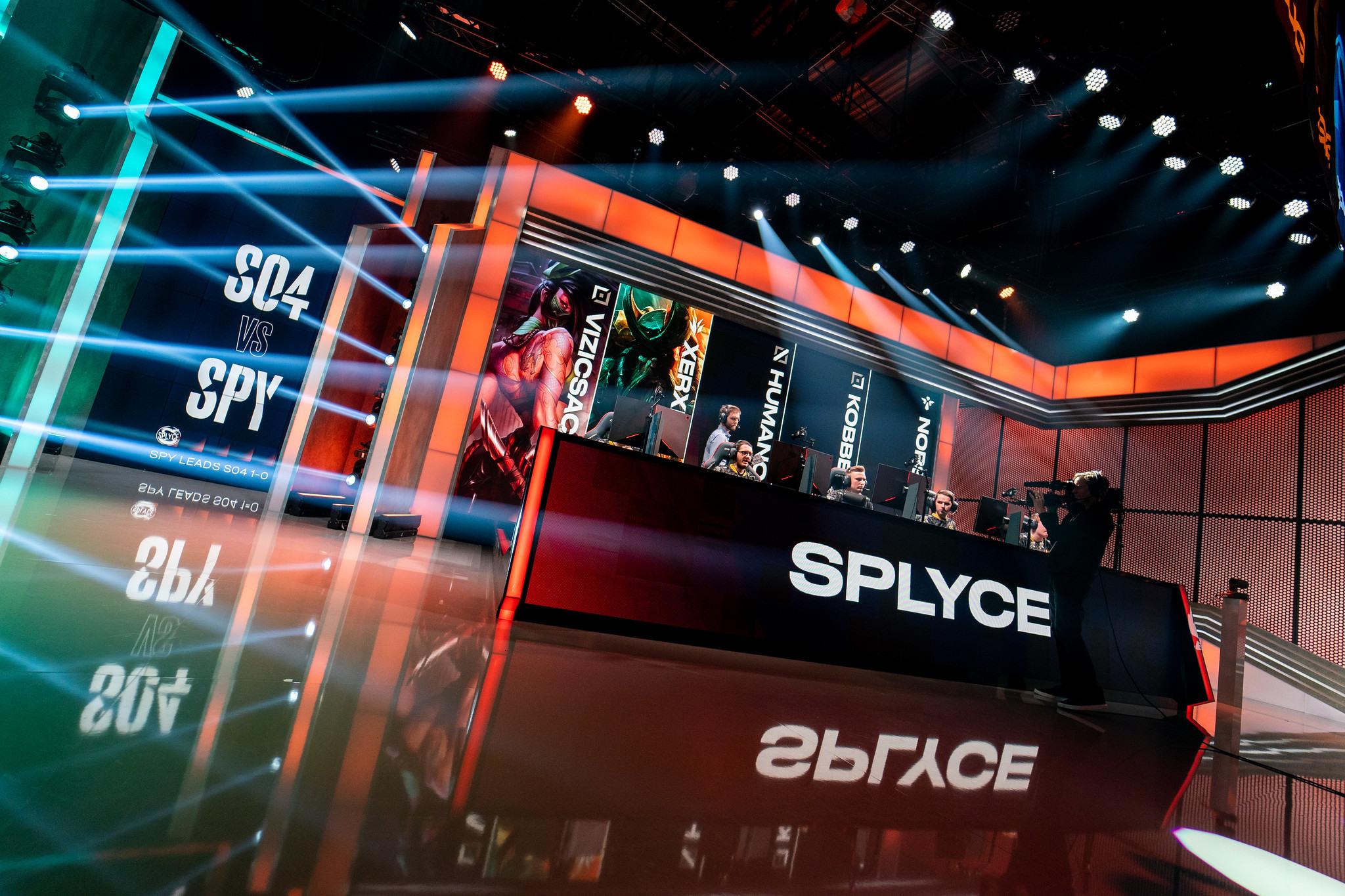 Splyce secured a spot at Worlds, but were convincingly defeated by Fnatic in the battle for second seed.
Splyce secured a spot at Worlds, but were convincingly defeated by Fnatic in the battle for second seed.Now the good news
As a result, Splyce also love globals. A champion like Gangplank has the ability to answer a countered force from lanes away by using his ultimate. Kai’Sa, a Kobbe favorite, can ult into a fight from a screen away if Splyce draft heavy crowd control.
Gangplank also provides what Xerxe’s old Zac pick used to provide the team (and what we discussed in reference to Clutch Gaming). In 2018, Xerxe often positioned strangely on the opposite side of the map of a lane swap. Zac’s old ultimate could “kidnap” the minion wave and delay a push when Splyce swapped against tempo. Gangplank’s ultimate now does much of the same for them, but they use it liberally much later into the game.
For example, in the third game against Fnatic, Splyce looked to trade pressure in two lanes for one. Fnatic stalled with Redemption, and Splyce used Gangplank’s ultimate to cheat the wave on their side. That was a good trade for them, and it worked considerably better than the Game One situation where Splyce attempted to force a 4v4 to stall for Kiss “Vizicsacsi” Tamas’ split push that ended in tragedy and two lost inhibitors.
Splyce draft scaling to address the coin-flip nature of the way they get vision. If the game devolves into back and forth forces where the winner takes vision (as it seems to in their minds), then the team with the better late game 5v5 wins. It covers for mistakes because a four item Kai’Sa beats the team with a snowballed Lucian unless you misexecute horribly.
Perhaps the most interesting thing Splyce brought to the table this weekend, however, came from creative early game plans. Yes, Splyce have creative early game plans.
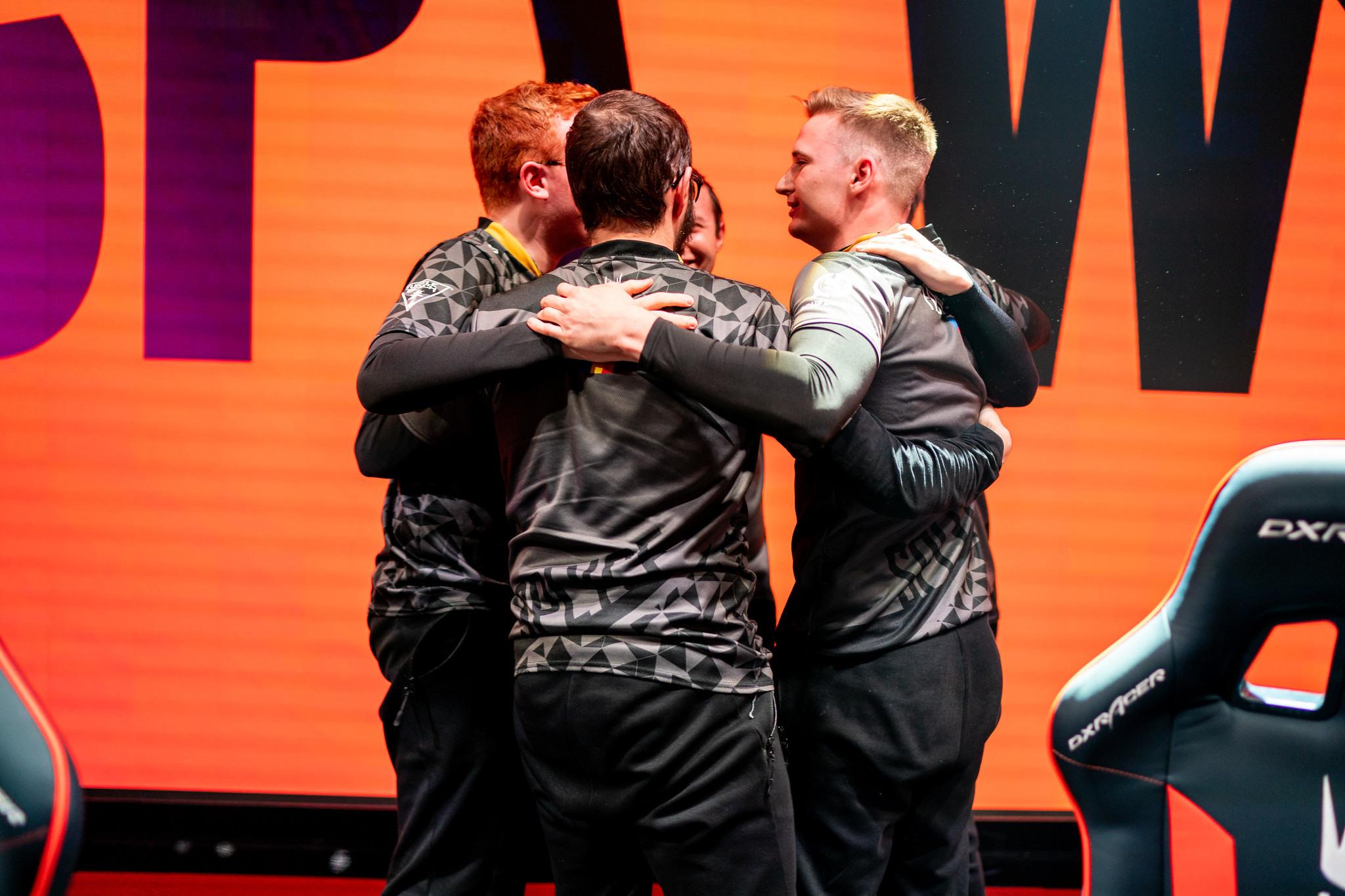
The most intelligent came out in the second game against Schalke. In Game One, Odoamne used Karma’s Q to scout the tri-brush from over the Baron pit wall at level one. After jungler Kim “Trick” Gangyun showed around Splyce’s blue buff to force them back in Game Two, Splyce had reason to believe that Odoamne would try the same scouting as Karma, but without jungler cover. Xerxe and Vizicsacsi looped around on Odoamne to force his flash.
Schalke, in some ways like Splyce, often play around their bottom lane regardless of draft. Splyce had blinded both their solo lane picks in the first rotation, knowing that Schalke would likely counter-pick them for lane, but not play to them. As such, Splyce could get an easy scaling solo lane condition without pressure. Forcing the Karma flash meant it became difficult for Odoamne to over-extend to pressure the matchup. Knowing that, Xerxe faked a split map start of Schalke’s blue buff.
Even though he showed on a Schalke ward after that, revealing he didn’t actually start enemy blue, Trick still attempted to play as if the split map were enforced. He invaded Splyce’s blue — that is, the only lane Splyce counter-picked and could get advantage in — and Xerxe reacted to chase him out. All of that set up a very easy situation for Splyce to take complete control the map.
Splyce had a similar philosophy going into the final game. Though many mocked the Camille pick, Splyce knew they wouldn’t be contested in solo lanes, and Marek “Humanoid” Brázda could likely scale to the point where Schalke couldn’t answer him in side lane. Even if Splyce’s approach to vision control makes them far from the most elegant side laning team in the mid-to-late game, it worked out well enough for them to close the series.
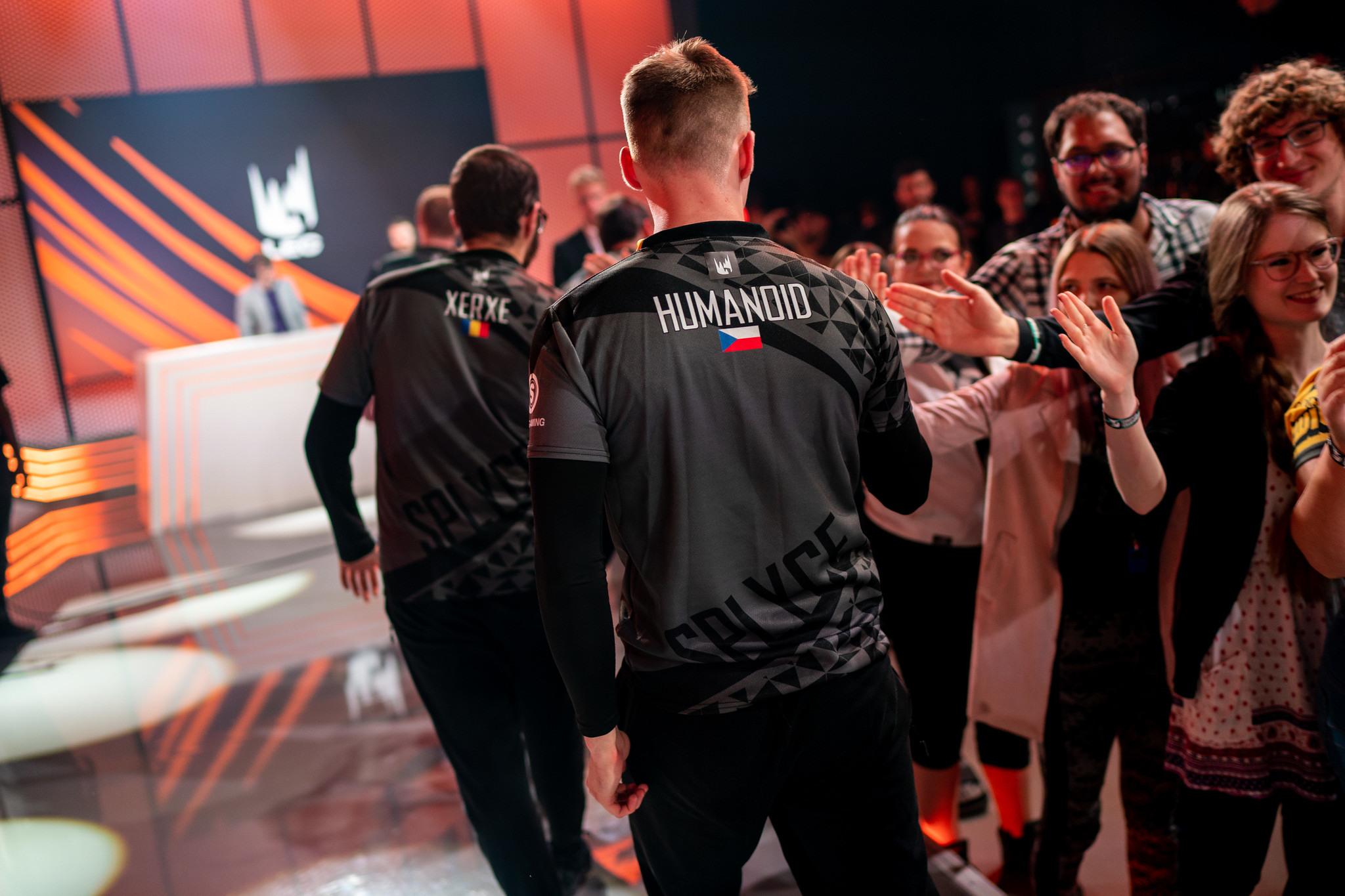
Characterizing the good and the bad
Most of Splyce’s critics reduce their flaws to game phases. Splyce don’t know how to play early or mid game, critics say. They only scale late. But none of their critics seemingly address the core of Splyce’s problems with vision contests. In doing so, they overlook Splyce’s strengths, much of which actually exist in the form of early game planning.
As such, it becomes easy for Splyce to brush off their doubters. Their early game isn’t bad. They just suffer in execution. Much of that rings true, but Splyce aren’t just the awkward cousin because of their station in life, but because sometimes they act like this is how they have to play because of champion pools, when arguably, Splyce have shown they can play aggressive early or at two items with the champions of their choice. A lot of it seems to come from a core philosophy that impacts all phases of the game, something they could fix by changing the order of setup for a play.
Instead of push, vision, objective fight, Splyce opt for push, fight, vision, then objective. Not only is their problem not a specific game phase, but it isn’t a problem with passivity or playing to scale.
Splyce don’t have a bad early game, a bad mid game, or even a good late game. They have a bad vision game. If they take a second look at that, they’ll look less like Europe’s best mediocre team, and more like Europe’s third best team.
